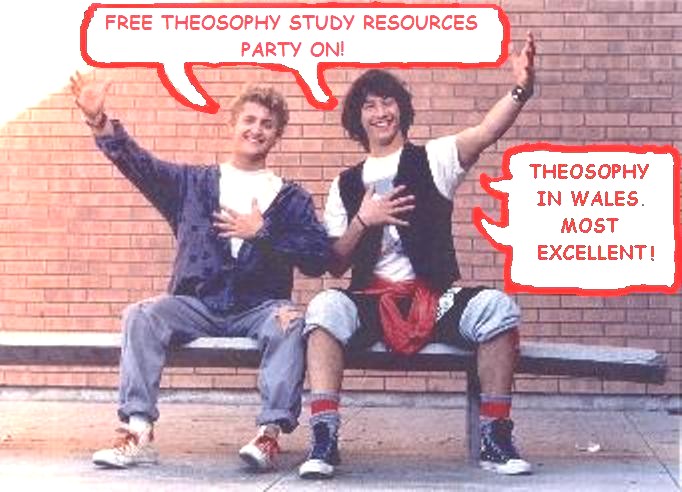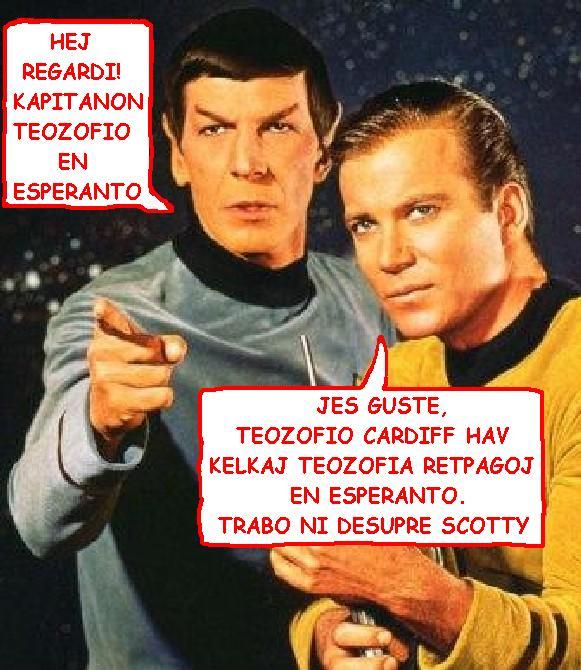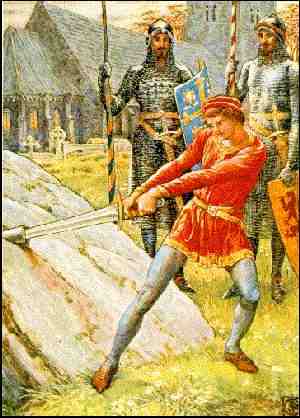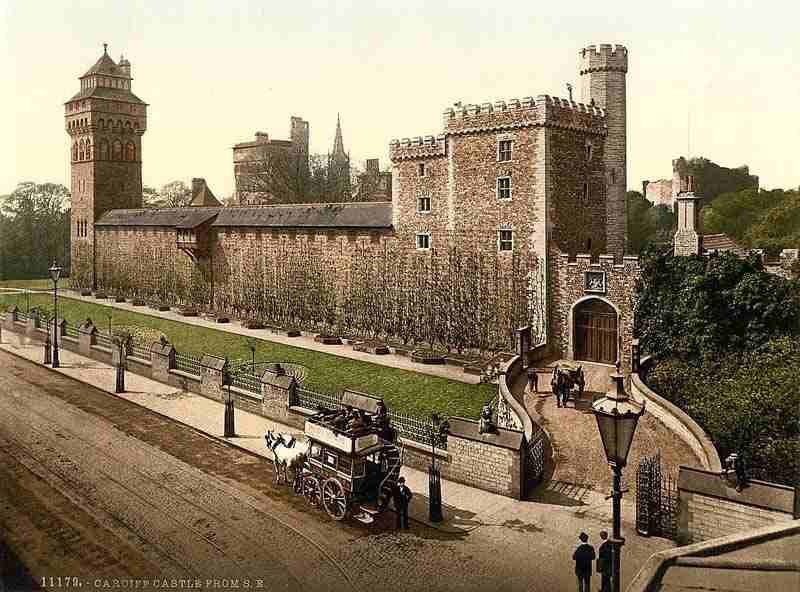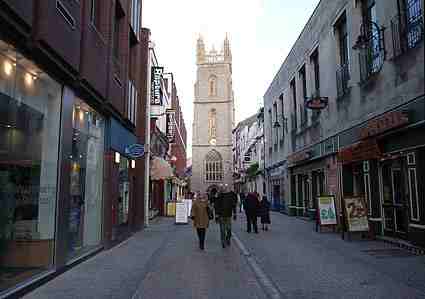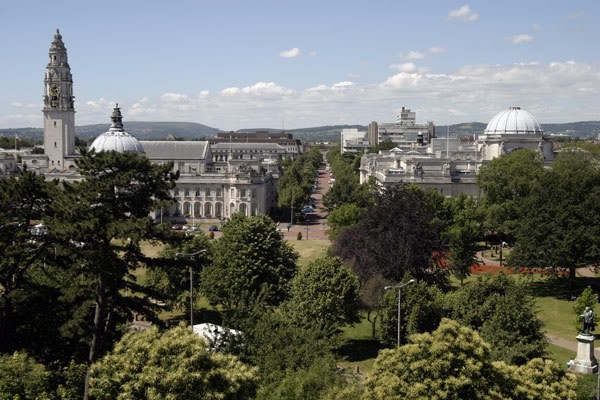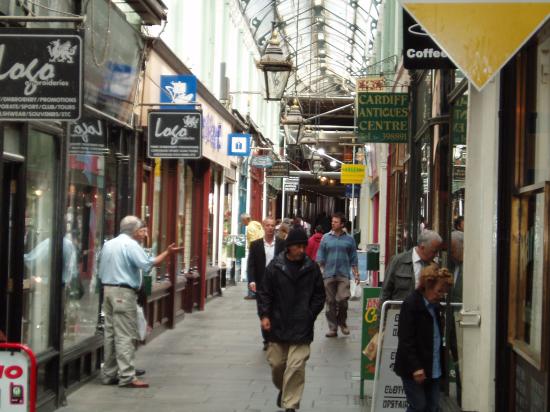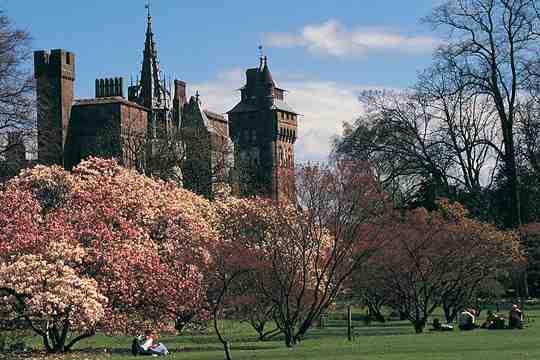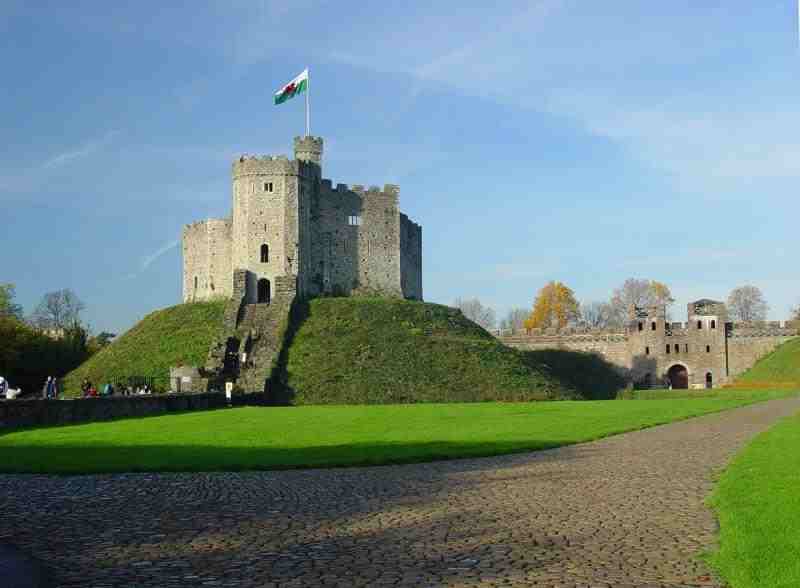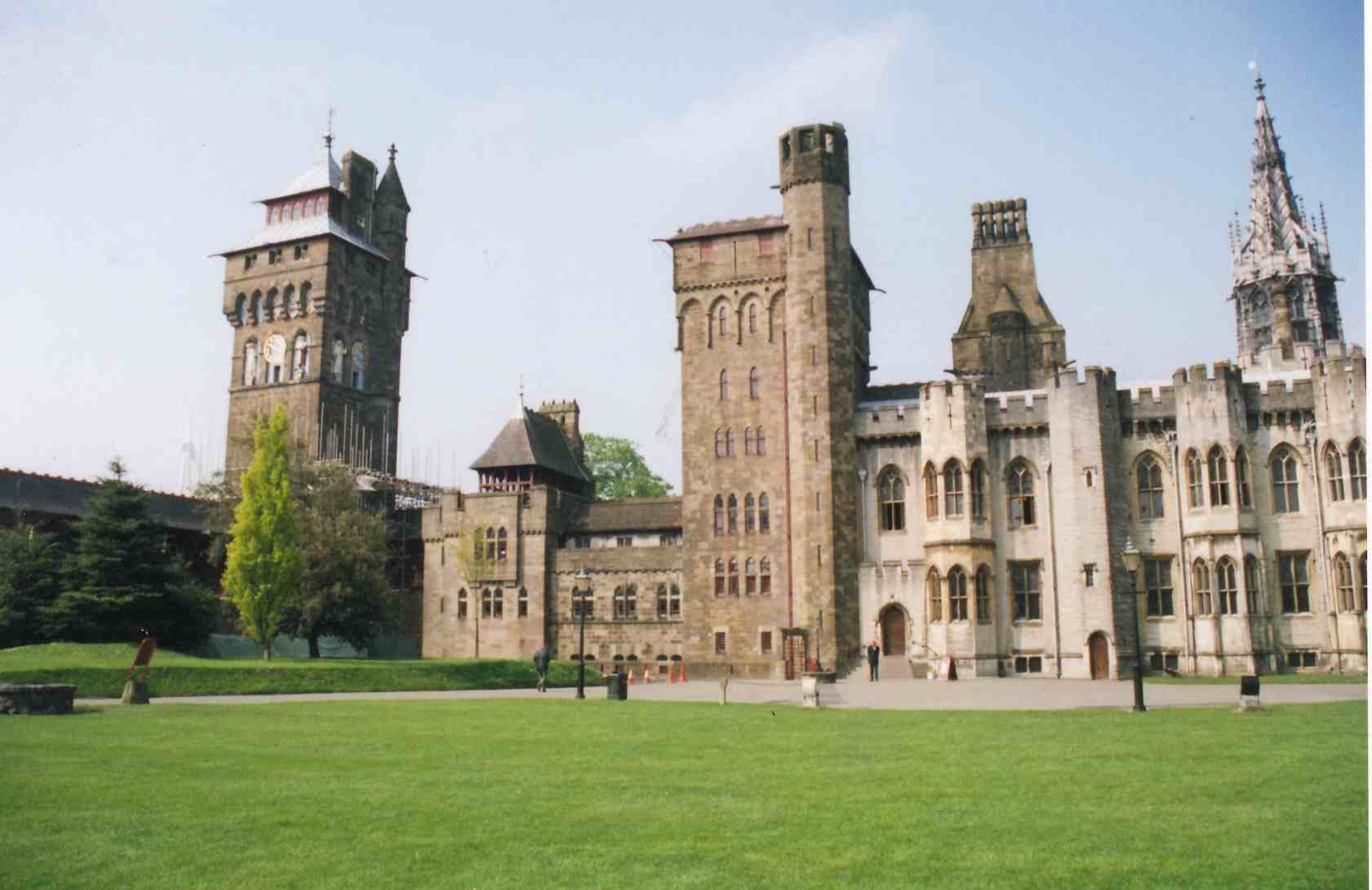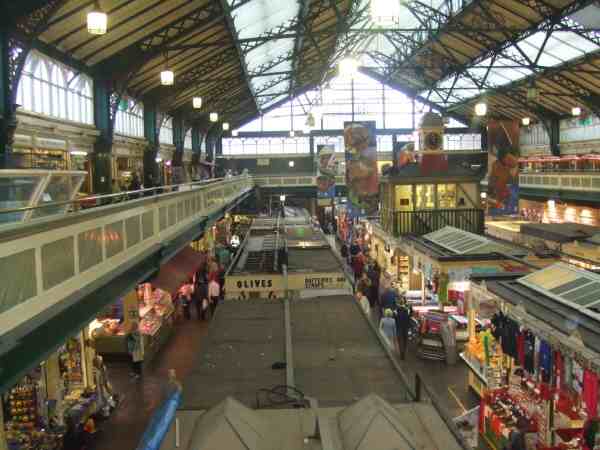THE
OF
THEOSOPHY
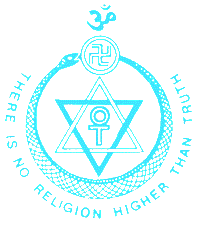
A Definitive Work on Theosophy
By
William Quan Judge
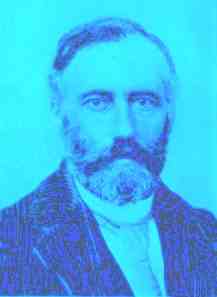
CHAPTER
4
Septenary
Constitution of Man
Respecting the nature of man there are two ideas
current in the religious circles of Christendom. One is the teaching and the
other the common acceptation of it; the first is not secret, to be sure, in the
Church, but it is so seldom dwelt upon in the hearing of the laity as to be
almost arcane for the ordinary person. Nearly everyone says he has a soul and a
body, and there it ends.
What the soul is, and whether it is the real person or
whether it has any powers of its own, are not inquired into, the preachers
usually confining themselves to its salvation or damnation. And by thus talking
of it as something different from oneself, the people have acquired an
underlying notion that they are not souls because the soul may be lost by them.
From this has come about a tendency to materialism causing men to pay more
attention to the body than to the soul, the latter being left to the tender
mercies of the priest of the Roman Catholics, and among dissenters the care of
it is most frequently put off to the dying day. But when the true teaching is
known it will be seen that the care of the soul, which is the Self, is a vital
matter requiring attention every day, and not to be deferred without grievous
injury resulting to the whole man, both soul and body.
The Christian teaching, supported by St. Paul, since
upon him, in fact, dogmatic Christianity rests, is that man is composed of
body, soul, and spirit. This is the threefold constitution of man, believed by
the theologians but kept in the background because its examination might result
in the readoption of views once
orthodox but now heretical. For when we thus place
soul between spirit and body, we come very close to the necessity for looking
into the question of the soul's responsibility -- since mere body can have no
responsibility.
And in order to make the soul responsible for the acts
performed, we must assume that it has powers and functions. From this it is
easy to take the position that the soul may be rational or irrational, as the
Greeks sometimes thought, and then there is but a step to further Theosophical
propositions.
This threefold scheme of the nature of man contains,
in fact, the Theosophical teaching of his sevenfold constitution, because the
four other divisions missing from the category can be found in the powers and
functions of body and soul, as I shall attempt to show later on.
This conviction that man is a septenary and not merely
a duad, was held long ago and very plainly taught to every one with
accompanying demonstrations, but like other philosophical tenets it disappeared
from sight, because gradually withdrawn at the time when in the east of Europe
morals were degenerating and before materialism had gained full sway in company
with
scepticism, its twin. Upon its withdrawal the present
dogma of body, soul, spirit, was left to Christendom.
The reason for that concealment and its rejuvenescence
in this century is well put by Mme. H. P. Blavatsky in the Secret
Doctrine. In answer to the statement, "we cannot
understand how any danger could arise from the revelation of such a purely
philosophical doctrine as the evolution of the planetary chain," she says:
The danger was this: Doctrines such as the Planetary
chain or the seven races at once give a clue to the sevenfold nature of man,
for each principle is correlated to a plane, a planet, and a race; and the
human principles are, on every plane, correlated to the sevenfold occult forces
-- those of the higher planes being of tremendous occult power, the abuse of
which would cause
incalculable evil to humanity.
A clue which is, perhaps, no clue to the present
generation -- especially the Westerns -- protected as they are by their very
blindness and ignorant materialistic disbelief in the occult; but a clue which
would, nevertheless, be very real in the early centuries of the Christian era,
to people fully convinced of the reality of occultism and entering a cycle of
degradation which made them ripe for abuse of occult powers and sorcery of the
worst description.
Mr. A. P. Sinnett, at one time an official in the
Government of India, first outlined in this century the real nature of man in
his book Esoteric Buddhism, which was made up from information conveyed to him
by H P Blavatsky
directly from the Great Lodge of Initiates to which reference has been made.
And in thus placing the old doctrine before western civilization he conferred a
great benefit on his generation and helped considerably the cause of Theosophy.
His classification was:
1 The Body
Rupa.
2 Vitality Prana-Jiva.
3 Astral Body Linga-
Sarira.
4 Animal Soul Kama-Rupa
5 Human SoulManas.
6 Spiritual
SoulBuddhi.
7 Spirit Atma
The words in italics being equivalents in the Sanskrit
language adopted by him for the English terms. This classification stands to
this day for all practical purposes, but it is capable of modification and
extension. For instance, a later arrangement which places Astral body second
instead of third in the category
does not substantially alter it. It at once gives an
idea of what man is, very different from the vague description by the words
"body and soul," and also boldly challenges the materialistic
conception that mind is the product of brain, a portion of the body.
No claim is made that these principles were hitherto
unknown, for they were all understood in various ways not only by the
Hindus but by many Europeans. Yet the compact
presentation of the sevenfold constitution of man in intimate connection with
the septenary constitution of a chain of globes through which the being
evolves, had not been given out.
The French Abbe, Eliphas Levi, wrote about the astral
realm and the astral body, but evidently had no knowledge of the remainder of
the doctrine, and while the Hindus possessed the other terms in their language
and philosophy, they did not
use a septenary classification, but depended chiefly
on a fourfold one and certainly concealed (if they knew of it) the doctrine of
a chain of seven globes including our earth. Indeed, a learned Hindu, Subba
Row, now deceased, asserted that they knew of a sevenfold classification, but
that it had not been and would not be given out.
Considering these constituents in another manner, we
would say that the lower man is a composite being, but in his real nature is a
unity, or immortal being, comprising a trinity of Spirit, Discernment, and Mind
which requires four lower mortal instruments or vehicles through which to work
in matter and obtain experience from Nature. This trinity is that called
Atma-Buddhi-Manas in Sanskrit, difficult terms to render in English. Atma is
Spirit, Buddhi is the highest power of intellection, that which discerns and
judges, and Manas is Mind. This threefold collection is the real man; and
beyond doubt the doctrine
is the origin of the theological one of the trinity of
Father, Son, and Holy Ghost.
The four lower instruments or vehicles are shown in
this table:
1 REAL MANATMA
2 BUDDHI
3 MANAS
4 LOWER VEHICLESTHE PASSIONS and DESIRES
5 LIFE PRINCIPLE
6 ASTRAL BODY
7 PHYSICAL BODY
These four lower material constituents are transitory
and subject to disintegration in themselves as well as to separation from each
other. When the hour arrives for their separation to begin, the combination can
no longer be kept up, the physical body dies, the atoms of which each of the
four is composed begin to separate from each other, and the whole collection
being disjointed is no longer fit for one as an instrument for the real man.
This is what is called "death" among us mortals, but it is not death
for the real man because he is deathless, persistent, immortal. He is therefore
called the Triad, or indestructible trinity, while they are known as the
Quaternary or mortal four.
This quaternary or lower man is a product of cosmic or
physical laws and substance. It has been evolved during a lapse of ages, like
any other physical thing, from cosmic substance, and is therefore subject to
physical, physiological, and psychical laws which govern the race of man as a
whole.
Hence its period of possible continuance can be
calculated just as the limit of tensile strain among the metals used in bridge
building can be deduced by the engineer. Any one collection in the form of man
made up of these constituents is therefore limited in duration by the laws of
the evolutionary period in which it exists. Just now, that is generally seventy
to one hundred years, but its possible duration is longer. Thus there are in
history instances where ordinary persons have lived to be two hundred years of
age; and by a knowledge of the occult laws of nature the possible limit of
duration may be extended nearly to
four hundred years.
The visible physical man is: Brain, Nerves, Blood,
Bones, Lymph, Muscles, Organs of Sensation and Action, and Skin.
The unseen physical man is: Astral Body, Passions and
Desires, Life Principle (called prana or jiva).
It will be seen that the physical part of our nature
is thus extended to a second department which, though invisible to the physical
eye, is nevertheless material and subject to decay. Because people in general
have been in the habit of admitting to be real only what they can see with the
physical eye, they have at last come to suppose that the unseen is neither real
nor material.
But they forgot that even on the earth plane noxious
gases are invisible though real and powerfully material, and that water may
exist in the air held suspended and invisible until conditions alter and cause
its precipitation.
Let us recapitulate before going into details. The
Real Man is the trinity of Atma-Buddhi-Manas, or Spirit and Mind, and he uses
certain agents and instruments to get in touch with nature in order to know
himself. These instruments and agents are found in the lower Four -- or the
Quaternary -- each principle in which category is of itself an instrument for
the particular experience belonging to its own field, the body being the
lowest, least
important, and most transitory of the whole series.
For when we arrive at the body on the way down from the Higher Mind, it can be
shown that all of its organs are in themselves senseless and useless when
deprived of the man within.
Sight, hearing, touch, taste, and smelling do not
pertain to the body but to the second unseen physical man, the real organs for
the exercise of those powers being in the Astral Body, and those in the
physical body being but the mechanical outer instruments for making the
co-ordination between nature and the real organs inside.
______________________
THE
OF
THEOSOPHY

Find out more about
Theosophy with these links
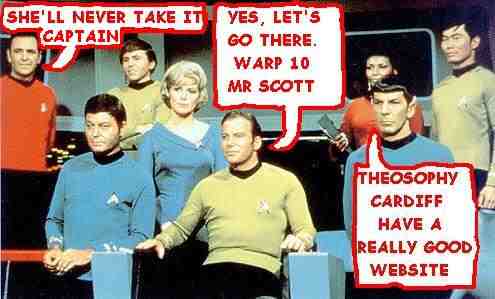
The Cardiff Theosophical Society Website
The
National Wales Theosophy Website
If you run a Theosophy Group, please feel free
to use any of the material on this site
The Most Basic Theosophy
Website in the Universe
A quick overview of Theosophy
and the Theosophical Society
If you run a Theosophy Group you
can use this as an introductory handout.
Theosophy Cardiff’s Instant Guide
One liners and quick explanations
H P Blavatsky is
usually the only
Theosophist that
most people have ever
heard of. Let’s
put that right
The Voice of the Silence Website
Theosophy Cardiff Nirvana Pages
An Independent Theosophical Republic
Links to Free Online Theosophy
Study Resources; Courses, Writings,
The main criteria
for the inclusion of
links on this
site is that they have some
relationship
(however tenuous) to Theosophy
and are
lightweight, amusing or entertaining.
Topics include
Quantum Theory and Socks,
Dick Dastardly and Legendary Blues Singers.
A selection of
articles on Reincarnation
Provided in
response to the large
number of
enquiries we receive at
Cardiff
Theosophical Society on this subject
The Voice of the Silence Website
This is for
everyone, you don’t have to live
in Wales to
make good use of this Website
The Seven
Principles of Man
By
Annie Besant
No
Aardvarks were harmed in the
The Spiritual Home of Urban Theosophy
The Earth Base for Evolutionary Theosophy
Reincarnation
This guide has been included in response
to the number of enquiries we receive on this
subject at Cardiff
Theosophical Society
From A Textbook
of Theosophy By C W Leadbeater
How We Remember our Past Lives
Life after Death & Reincarnation
The Slaughter of the
a great demand by the public for lectures on
Reincarnation
Classic Introductory Theosophy Text
A Text Book of Theosophy By C
What Theosophy Is From the Absolute to Man
The Formation of a Solar System The Evolution of Life
The Constitution of Man After Death
Reincarnation
The Purpose of Life The Planetary Chains
The Result of Theosophical Study
The Occult World
By
Alfred Percy
Sinnett
The Occult
World is an treatise on the
Occult and
Occult Phenomena, presented
in readable style, by an early giant of
the
Theosophical Movement.
Preface to the American Edition Introduction
Occultism and its Adepts The Theosophical Society
First Occult Experiences Teachings of Occult Philosophy
Later Occult Phenomena Appendix
by
Annie Besant
THE PHYSICAL PLANE THE ASTRAL PLANE
KÂMALOKA THE MENTAL PLANE DEVACHAN
THE BUDDHIC AND NIRVANIC PLANES
THE THREE KINDS OF KARMA COLLECTIVE KARMA
THE LAW OF SACRIFICE MAN'S
ASCENT
______________________
Annie Besant Visits Cardiff 1924
The Theosophy Cardiff Nirvana Pages
National Wales Centre for Theosophy
Blavatsky Wales Theosophy Group
______________________
We can learn something from these guys
(The universe exists for a while and then sort of
doesn’t)
Outline of the Creation Process
There is no Dead Matter in the Universe
The Divine Spark in Everything
The 10 rungs on the Ladder of Life
The Sevenfold Constitution of Man
Yes, we all operate at 7 levels
(or shouldn’t be)
(You do take some things with you but sadly not your
money)
(The Energy Driving the Universe)
We haven’t always looked like this
H P Blavatsky is usually the only Theosophist most
people have ever heard of. Let’s put that right.
on Dave’s Streetwise Theosophy Boards
Theosophy Cardiff Cancels its Affiliation
to the Adyar Based Theosophical Society
and becomes an independent body within
the Worldwide Theosophical Movement
Theosophy Birmingham (England)
The Birmingham Annie Besant Lodge
Theosophy Cardiff has links with the
__________________
The Theosophy Cardiff
Glastonbury Pages
The Theosophy Cardiff Guide to
The Theosophy Cardiff Guide to
The Theosophy Cardiff Guide to
The Terraced Maze of Glastonbury Tor
Glastonbury and
Joseph of Arimathea
The Grave of King Arthur & Guinevere
Views of Glastonbury High Street
The Theosophy Cardiff Guide to
__________________
Camberley, Surrey,
England GU15 2LF
Concerns about
the fate of the wildlife as
Tekels Park is to
be Sold to a Developer
Concerns are
raised about the fate of the
wildlife as The Spiritual
Retreat,
Tekels Park in
Camberley, Surrey,
England is to be
sold to a developer.
Tekels Park is a
50 acre woodland park,
purchased
for the Adyar
Theosophical
In addition to
concern about the park,
many are worried about the
future
of the Tekels
Park Deer as they
Confusion as the Theoversity moves
out of
Tekels Park to Southampton,
Glastonbury &
Chorley in Lancashire while the
leadership claim
that the Theosophical Society will
carry on using
Tekels Park despite its sale to a developer
Anyone planning a
“Spiritual” stay at the
Tekels Park Guest
House should be aware of the sale.
Future of Tekels Park Badgers in Doubt
Party On! Tekels Park Theosophy NOT
Tekels Park & the Loch Ness Monster
A Satirical view of
the sale of Tekels Park
in Camberley,
Surrey to a developer
The Toff’s Guide to the Sale of Tekels Park
What the men in
top hats have to
say about the
sale of Tekels Park
__________________________
An Outline of Theosophy
Charles Webster Leadbeater
Theosophy - What it is How is it Known?
The Method of Observation General Principles
The Three Great Truths Advantage Gained from this Knowledge
The Deity
The Divine Scheme The Constitution of Man
The True Man
Reincarnation
The Wider Outlook
Death Man’s Past and Future Cause and Effect
______________________________
A B C D EFG H IJ KL M N OP QR S T UV WXYZ
Complete Theosophical Glossary in Plain Text Format
1.22MB
Quick Explanations with Links to More Detailed Info
What is Theosophy ? Theosophy Defined (More Detail)
Three Fundamental Propositions Key Concepts of Theosophy
Cosmogenesis Anthropogenesis Root Races
Ascended Masters After Death States
The Seven Principles of Man Karma
Reincarnation Helena Petrovna Blavatsky
Colonel Henry Steel Olcott William Quan Judge
The Start of the Theosophical
Society
History of the Theosophical
Society
Theosophical Society Presidents
History of the Theosophical
Society in Wales
The Three Objectives of the
Theosophical Society
Explanation of the Theosophical
Society Emblem
The Theosophical Order of
Service (TOS)
Glossaries of Theosophical Terms
Index of Searchable
Full Text Versions of
Definitive
Theosophical Works
H P Blavatsky’s Secret Doctrine
Isis Unveiled by H P Blavatsky
H P Blavatsky’s Esoteric Glossary
Mahatma Letters to A P Sinnett 1 - 25
A Modern Revival of Ancient Wisdom
(Selection of Articles by H P Blavatsky)
The Secret Doctrine – Volume 3
A compilation of H P Blavatsky’s
writings published after her death
Esoteric Christianity or the Lesser Mysteries
The Early Teachings of The Masters
A Collection of Fugitive Fragments
Fundamentals of the Esoteric Philosophy
Mystical,
Philosophical, Theosophical, Historical
and Scientific
Essays Selected from "The Theosophist"
Edited by George Robert Stow Mead
From Talks on the Path of Occultism - Vol. II
In the Twilight”
Series of Articles
The In the Twilight”
series appeared during
1898 in The
Theosophical Review and
from 1909-1913 in The Theosophist.
compiled from
information supplied by
her relatives and friends and edited by A P Sinnett
Letters and
Talks on Theosophy and the Theosophical Life
Obras Teosoficas En Espanol
Theosophische Schriften Auf Deutsch
An Outstanding
Introduction to Theosophy
By a student of
Katherine Tingley
Elementary Theosophy Who is the Man? Body and Soul
Body, Soul and Spirit Reincarnation Karma
Guide to the
Theosophy Wales King Arthur Pages
Arthur draws the Sword from the Stone
The Knights of The Round Table
The Roman Amphitheatre at Caerleon,
Eamont Bridge, Nr Penrith, Cumbria, England.
Geoffrey of Monmouth
(History of the Kings of Britain)
The reliabilty of this work has long been a subject of
debate but it is the first definitive account of Arthur’s
Reign
and one which puts Arthur in a historcal context.
and his version’s political agenda
According to Geoffrey of Monmouth
The first written mention of Arthur as a heroic figure
The British leader who fought twelve battles
King Arthur’s ninth victory at
The Battle of the City of the Legion
King Arthur ambushes an advancing Saxon
army then defeats them at Liddington Castle,
Badbury, Near Swindon, Wiltshire, England.
King Arthur’s twelfth and last victory against the Saxons
Traditionally Arthur’s last battle in which he was
mortally wounded although his side went on to win
No contemporary writings or accounts of his life
but he is placed 50 to 100 years after the accepted
King Arthur period. He refers to Arthur in his inspiring
poems but the earliest written record of these dates
from over three hundred years after Taliesin’s death.
Pendragon Castle
Mallerstang Valley, Nr Kirkby Stephen,
A 12th Century Norman ruin on the site of what is
reputed to have been a stronghold of Uther Pendragon
From
wise child with no earthly father to
Megastar
of Arthurian Legend
History of the Kings of Britain
Drawn from the Stone or received from the Lady of the Lake.
Sir Thomas Malory’s Le Morte d’Arthur has both versions
with both swords called Excalibur. Other versions
5th & 6th Century Timeline of Britain
From the departure of the Romans from
Britain to the establishment of sizeable
Anglo-Saxon Kingdoms
Glossary of
Arthur’s uncle:- The puppet ruler of the Britons
controlled and eventually killed by Vortigern
Amesbury, Wiltshire, England. Circa 450CE
An alleged massacre of Celtic Nobility by the Saxons
History of the Kings of Britain
Athrwys / Arthrwys
King of Ergyng
Circa 618 - 655 CE
Latin: Artorius; English: Arthur
A warrior King born in Gwent and associated with
Caerleon, a possible Camelot. Although over 100 years
later that the accepted Arthur period, the exploits of
Athrwys may have contributed to the King Arthur Legend.
He became King of Ergyng, a kingdom between
Gwent and Brycheiniog (Brecon)
Angles under Ida seized the Celtic Kingdom of
Bernaccia in North East England in 547 CE forcing
Although much later than the accepted King Arthur
period, the events of Morgan Bulc’s 50 year campaign
to regain his kingdom may have contributed to
Old Welsh: Guorthigirn;
Anglo-Saxon: Wyrtgeorn;
Breton: Gurthiern; Modern Welsh; Gwrtheyrn;
*********************************
An earlier ruler than King Arthur and not a heroic figure.
He is credited with policies that weakened Celtic Britain
to a point from which it never recovered.
Although there are no contemporary accounts of
his rule, there is more written evidence for his
existence than of King Arthur.
How Sir Lancelot slew two giants,
From Sir Thomas Malory’s Le Morte d’Arthur
How Sir Lancelot rode disguised
in Sir Kay's harness, and how he
From Sir Thomas Malory’s Le Morte d’Arthur
How Sir Lancelot jousted against
four knights of the Round Table,
From Sir Thomas Malory’s Le Morte d’Arthur
Try these if you are looking for a local
Theosophy Group or Centre
UK Listing of Theosophical Groups
Cardiff
Theosophical Society in Wales
Cardiff, Wales, UK. CF24 – 1DL
_____________________________
Cardiff Picture Gallery
Cardiff
Millennium Stadium
The Hayes Cafe
Outside Cardiff Castle Circa 1890
Church Street
Cardiff View
Royal
The Original
Norman Castle which stands inside
the Grounds of
the later
Inside the
Grounds at
Cardiff Street
Entertainment
Cardiff Indoor
Market
Cardiff
Theosophical Society in Wales
Wales
Theosophy Links Summary
All Wales
Guide to Theosophy Instant Guide to Theosophy
Theosophy
Wales Hornet Theosophy Wales Now
Cardiff
Theosophical Archive Elementary Theosophy
Basic
Theosophy Theosophy in Cardiff
Theosophy
in Wales Hey Look! Theosophy in Cardiff
Streetwise
Theosophy Grand
Tour
Theosophy
Aardvark Theosophy
Starts Here
Theosophy 206 Biography of William Q Judge
Theosophy Cardiff’s Face Book of Great Theosophists
Theosophy Evolution Theosophy Generally Stated
Biography of Helena Petrovna Blavatsky
______________________________________________
Foundation of the Original Theosophical Society 1875
The first
Theosophical Society was founded in New York on
November 17th
1875 by Helena Petrovna Blavatsky,
Colonel Henry
Steel Olcott, William Quan Judge and others.
The
Theosophical Movement now consists of a diverse range of
organizations
which carry the Theosophical Tradition forward.
Cardiff
Theosophical Society has been promoting Theosophy since 1908
______________________________________________
मूल थियोसोफिकल सोसायटी 1875 फाउंडेशन
पहले थियोसोफिकल सोसायटी को न्यूयॉर्क में स्थापित किया गया था
17 नवंबर Helena Petrovna Blavatsky द्वारा 1875,
कर्नल Henry Steel Olcott,
William Quan Judge और दूसरों.
थियोसोफिकल आंदोलन अब एक विविध रेंज के होते हैं
आगे थियोसोफिकल परंपरा ले जो संगठनों.
कार्डिफ थियोसोफिकल सोसायटी 1908 के बाद से ब्रह्मविद्या को बढ़ावा देने की गई है
_______________________________________
Mūla thiyōsōphikala sōsāyaṭī 1875 phā'uṇḍēśana
Pahalē thiyōsōphikala sōsāyaṭī kō n'yūyŏrka mēṁ sthāpita kiyā gayā thā
17 Navambara Helena Petrovna Blavatsky dvārā 1875,
Kamala Henry Steel Olcott, aura dūsarōṁ.
Thiyōsōphikala āndōlana aba ēka vividha rēn̄ja kē hōtē haiṁ
Āgē thiyōsōphikala paramparā lē jō saṅgaṭhanōṁ.
Kārḍipha
thiyōsōphikala sōsāyaṭī 1908 kē bāda sē
brahmavidyā
kō baṛhāvā dēnē kī ga'ī hai
_____________________________________________
THEOSOPHY
MEETINGS
Please click here for Current Theosophical Events in
Cardiff
